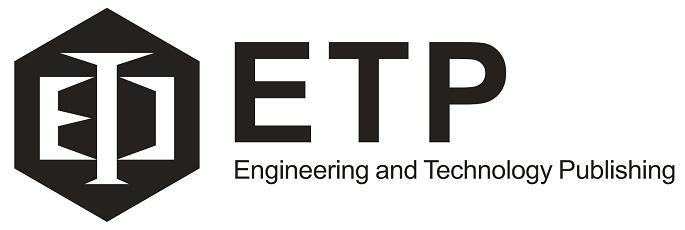IJPMBS 2024 Vol.13(1): 30-38
doi: 10.18178/ijpmbs.13.1.30-38
doi: 10.18178/ijpmbs.13.1.30-38
Alzheimer's Disease Pathophysiology and Novel Treatment: An Update
Ashley Mo
The Harker School, 500 Saratoga Avenue, San Jose, CA, USA
Email: ashley4mo@gmail.com
Email: ashley4mo@gmail.com
Manuscript received August 20, 2023; revised September 21, 2023; accepted November 29, 2023; published March 22, 2024.
Abstract—Alzheimer’s disease, a progressive and irreversible brain disorder predominantly affecting the elderly, is influenced by age, smoking, and head trauma. It disrupts memory, cognition, motor skills, speech, and more. Alzheimer’s disease pathophysiology is caused by two main processes: the formation of misfolded amyloid-beta plaques and misfolded tau tangles. While tau is a naturally occurring, microtubule-associated protein, amyloid-beta peptides are cleaved fragments of the transmembrane amyloid precursor protein. Accumulation of these plaques and tangles result in various negative mechanisms. Regarding the relationship between the two proteins, evidence suggests that amyloid beta induces the conversion of tau from a normal to toxic state, but they ultimately work together to contribute to Alzheimer’s disease pathogenesis. As of currently, there is still no cure for the disease, and patients rely on treatment methods that solely alleviate symptoms or benefit early stages to halt the disease’s progression. The main medications for Alzheimer’s disease are cholinesterase inhibitors such as Donepezil and Galantamine, but novel pharmacological and non-pharmacological treatments are being utilized as well, such as β-secretase inhibitors and deep brain stimulation respectively. This review investigates peer-reviewed publications on pathophysiology and treatment of Alzheimer’s disease, with a focus on novel approaches for treatment and intervention.
Keywords—Alzheimer’s disease, Tau, Amyloid-beta, treatment of Alzheimer’s
Cite: Ashley Mo, "Alzheimer's Disease Pathophysiology and Novel Treatment: An Update," International Journal of Pharma Medicine and Biological Sciences, Vol. 13, No. 1, pp. 30-38, 2024.
Copyright © 2024 by the authors. This is an open access article distributed under the Creative Commons Attribution License (CC BY-NC-ND 4.0), which permits use, distribution and reproduction in any medium, provided that the article is properly cited, the use is non-commercial and no modifications or adaptations are made.
Keywords—Alzheimer’s disease, Tau, Amyloid-beta, treatment of Alzheimer’s
Cite: Ashley Mo, "Alzheimer's Disease Pathophysiology and Novel Treatment: An Update," International Journal of Pharma Medicine and Biological Sciences, Vol. 13, No. 1, pp. 30-38, 2024.
Copyright © 2024 by the authors. This is an open access article distributed under the Creative Commons Attribution License (CC BY-NC-ND 4.0), which permits use, distribution and reproduction in any medium, provided that the article is properly cited, the use is non-commercial and no modifications or adaptations are made.
